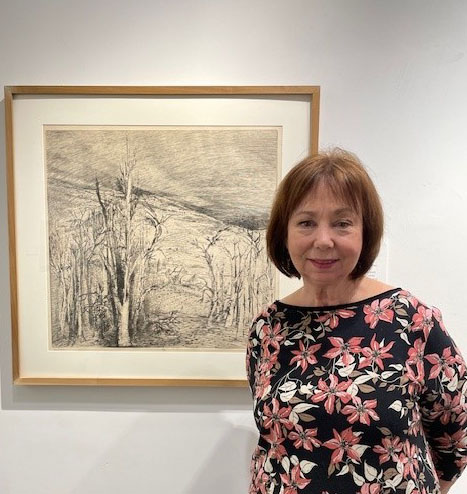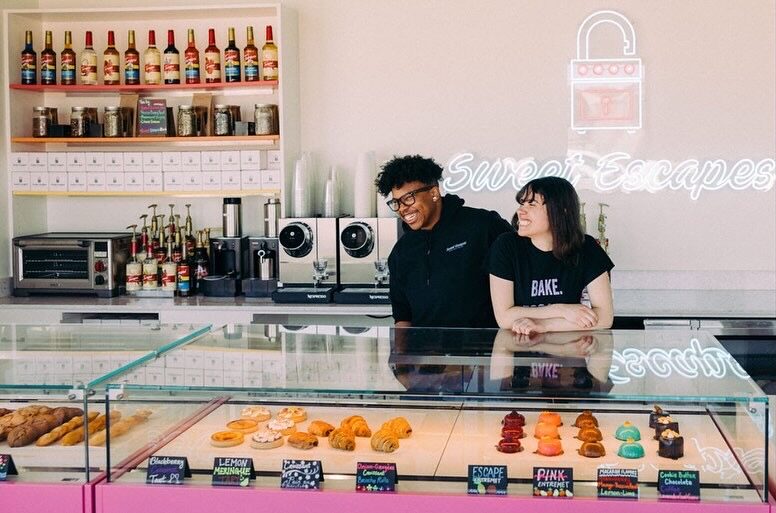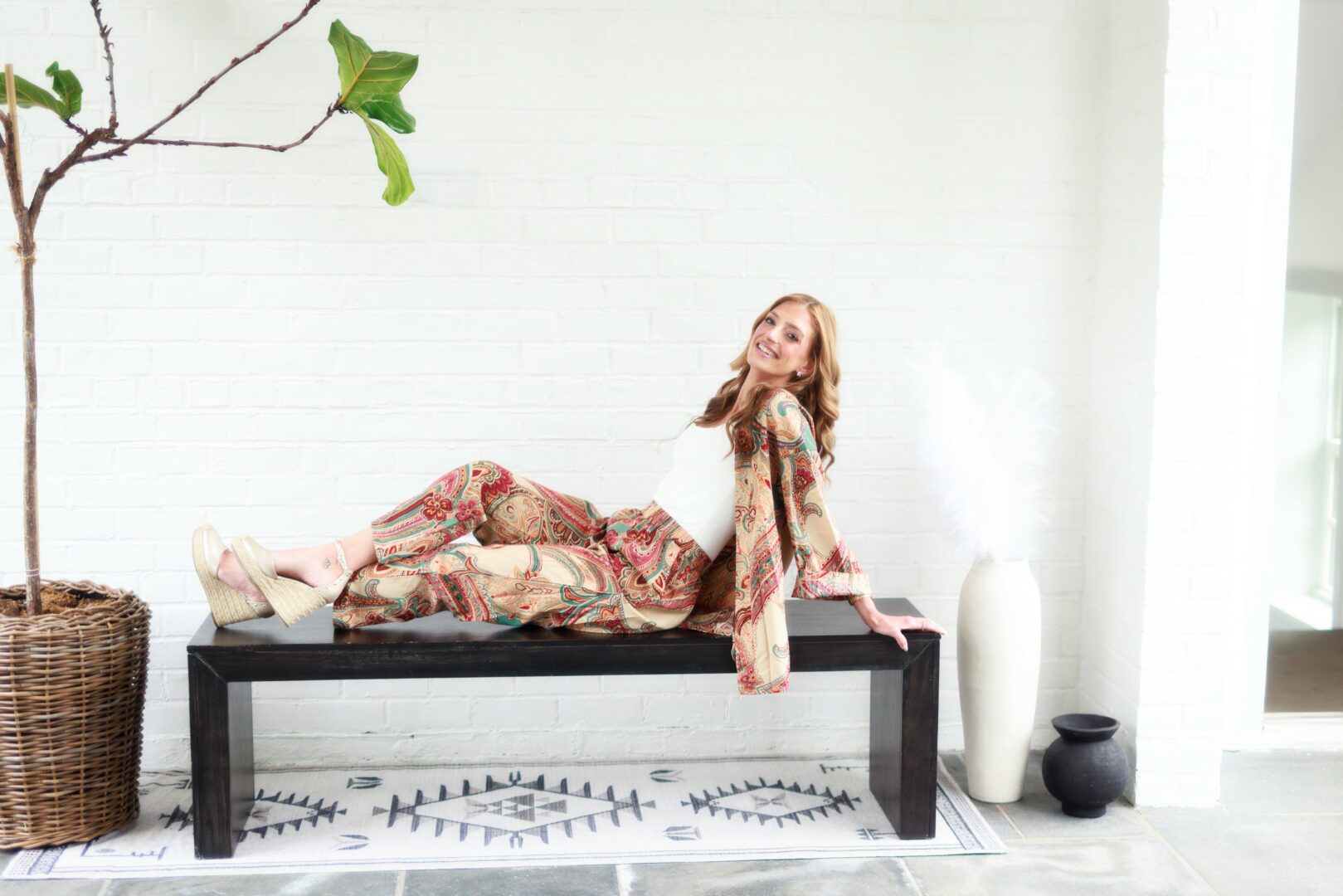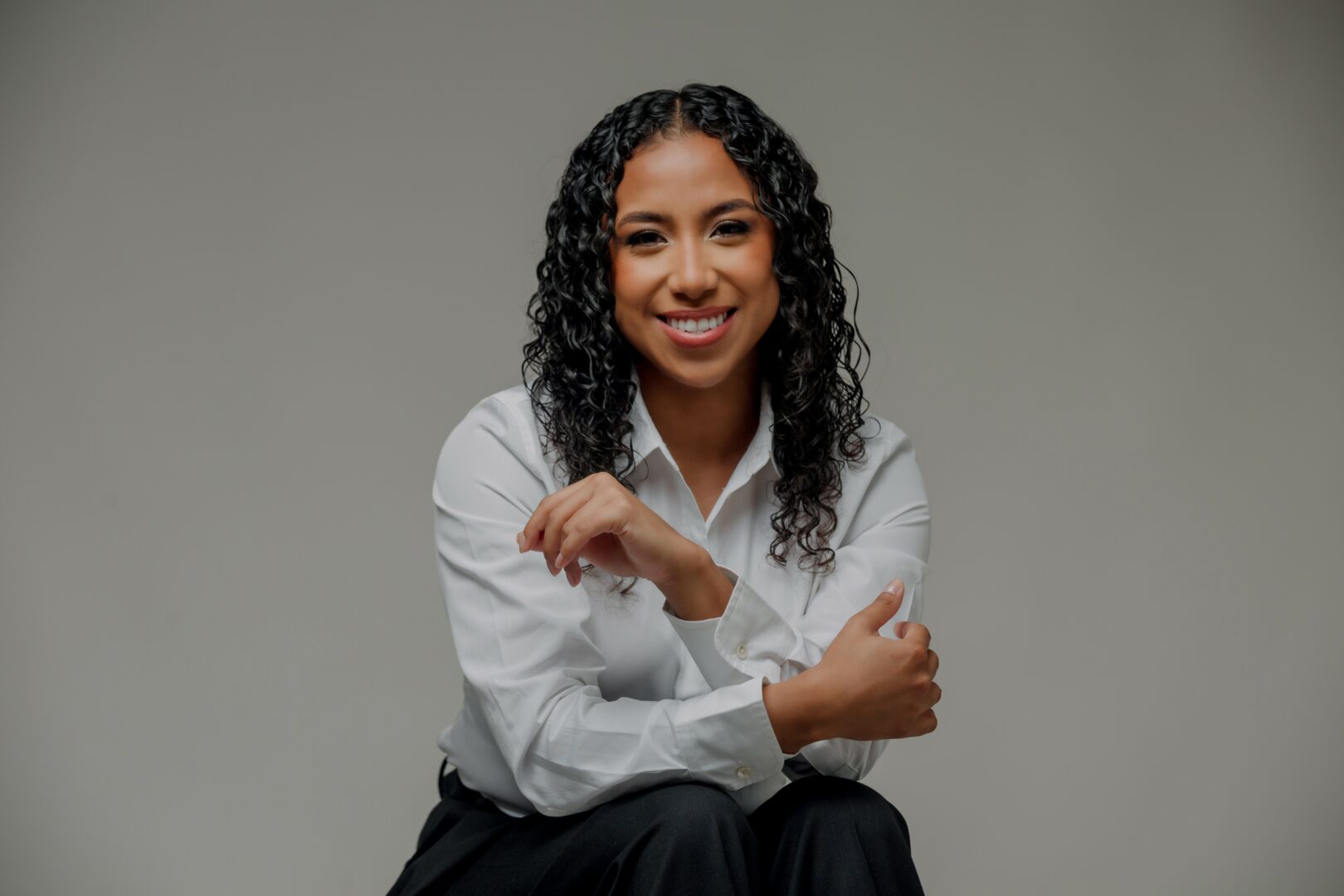We’re excited to introduce you to the always interesting and insightful Beverly Joyce. We hope you’ll enjoy our conversation with Beverly below.
Hi Beverly, really happy you were able to join us today and we’re looking forward to sharing your story and insights with our readers. Let’s start with the heart of it all – purpose. How did you find your purpose?
I have always loved art. I earned a BFA in studio art from the Memphis College of Art in 1980 and made a start as an exhibiting artist in my hometown of Memphis. Unfortunately, real life intervened, and I found myself a divorced mother of an infant. I lost track of my initial career goal for a few years while working in restaurants to pay bills and raise my child.
Eventually, I looked into MFA programs as a way to restart my career goals. Job prospects in studio art were not good, however, especially for someone trained as a fiber artist. I decided instead to enroll in the master’s program for art history at the University of Memphis. I had taken art history as an undergraduate and enjoyed it. While at U of M, I had the opportunity to teach a few courses, and I fell in love with teaching. I then decided to pursue a PhD to become a college professor and was accepted into the program at the University of Kansas. I had never expected to get this far when I started my master’s program.
At the University of Kansas, I had the opportunity not only to teach some courses but also to intern at the Spencer Museum of Art in the curatorial office of American and European art. I later filled in as an acting curator. Now, I had two loves–teaching and museum work. When I was about to graduate and go on the job market, I struggled with which career path to choose. I finally based my decision on what gave me the most joy. There was so much that I loved about working in the museum, but the feeling I experienced when teaching was exhilarating. I don’t think I realized at the time how rare it is to choose a career based on joy.
Since graduation in 2003, I have been teaching at Mississippi University for Women as the art historian in the Department of Art and Design. I have always had a good working relationship with the then-gallery director, Alex Stelioes-Wills, and collaborated with him on some exhibitions. At the end of 2014, Alex wanted to step down as gallery director to teach full-time, and I seemed to be the likely replacement. I like to say that I was ‘hood-winked’ into the position as gallery director, but really I was excited for the opportunity. Originally, we had one gallery and very little had been done to maintain the university permanent art collection housed in our building. I changed the name of the gallery to The W Galleries, took over most of the first floor of our building, and my staff and I catalogued approximately 800 works of art. We now have three galleries and an education center, and we have up to 16 exhibitions a year. I also teach a museum studies class as well as art history courses. For the last 10 years, I have been able to combine the two careers that continue to give me so much joy.
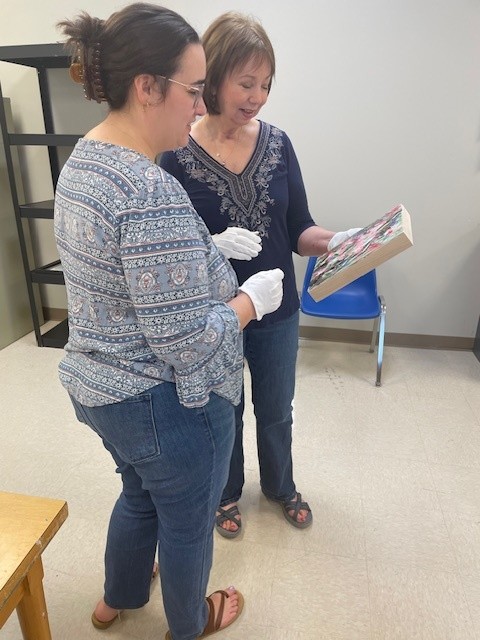
Appreciate the insights and wisdom. Before we dig deeper and ask you about the skills that matter and more, maybe you can tell our readers about yourself?
I covered much of this in the last segment, so I’ll tell you a little more about The Galleries and my university, which is located on the campus of Mississippi University for Women (known as The W). Our school has been coed since 1982, but our alums do not want us to change our name probably due to our history. The university was established in 1884 and was the first publicly funded institution of higher learning for women in the nation.
The permanent art collection was started in the late 1940s for the department of art and in 1951 it became the university permanent art collection. We did not have a gallery director until the 1990s, and I am the third director. In 2002, a tornado hit our building right where the permanent art collection was stored, resulting in the loss and damage of many of the artworks. A number of the remaining artworks were bundled up hurriedly in the chaos of recovery and poorly stored for the six years that our department was out of our building. When I became the gallery director, my staff and I went through every piece of the collection to catalogue and photograph every work of art. We salvaged what we could of the damaged artworks, but unfortunately some were lost.
Now that the permanent collection is documented and secure, we are focused on outreach to the community and the rest of the university. From the beginning, I have worked to establish ties with other departments on campus so that we can be of service to everyone–not just to our department. For example, we have a collaboration with the Spanish program with our annual Day of the Dead altar installation (Día de los Muertos ofrenda), and we have professors in other departments bring their students over for object-based learning projects. A few years ago, I started the Friends of The W Galleries to bring community members to our events. We strive to connect with all of our constituents, whether at the university level or with community members.
If you had to pick three qualities that are most important to develop, which three would you say matter most?
1. Find your passion–it will sustain you during difficult times.
2. Take lessons from past experiences, even if the experiences are completely different from your current goals. For example, I waited tables for years before ending up in academia. I have realized that the skills I learned in keeping several tables of hungry customers happy (prioritizing tasks, being aware of the needs of everyone, keeping calm under pressure, etc.) are the same skills that I employ today.
3. Break down long-term goals into smaller tasks. When I was studying for my PhD, I would become completely overwhelmed if I thought too much about the end goal. The only way I got through it was to concentrate on the next task along the way and block out everything else.
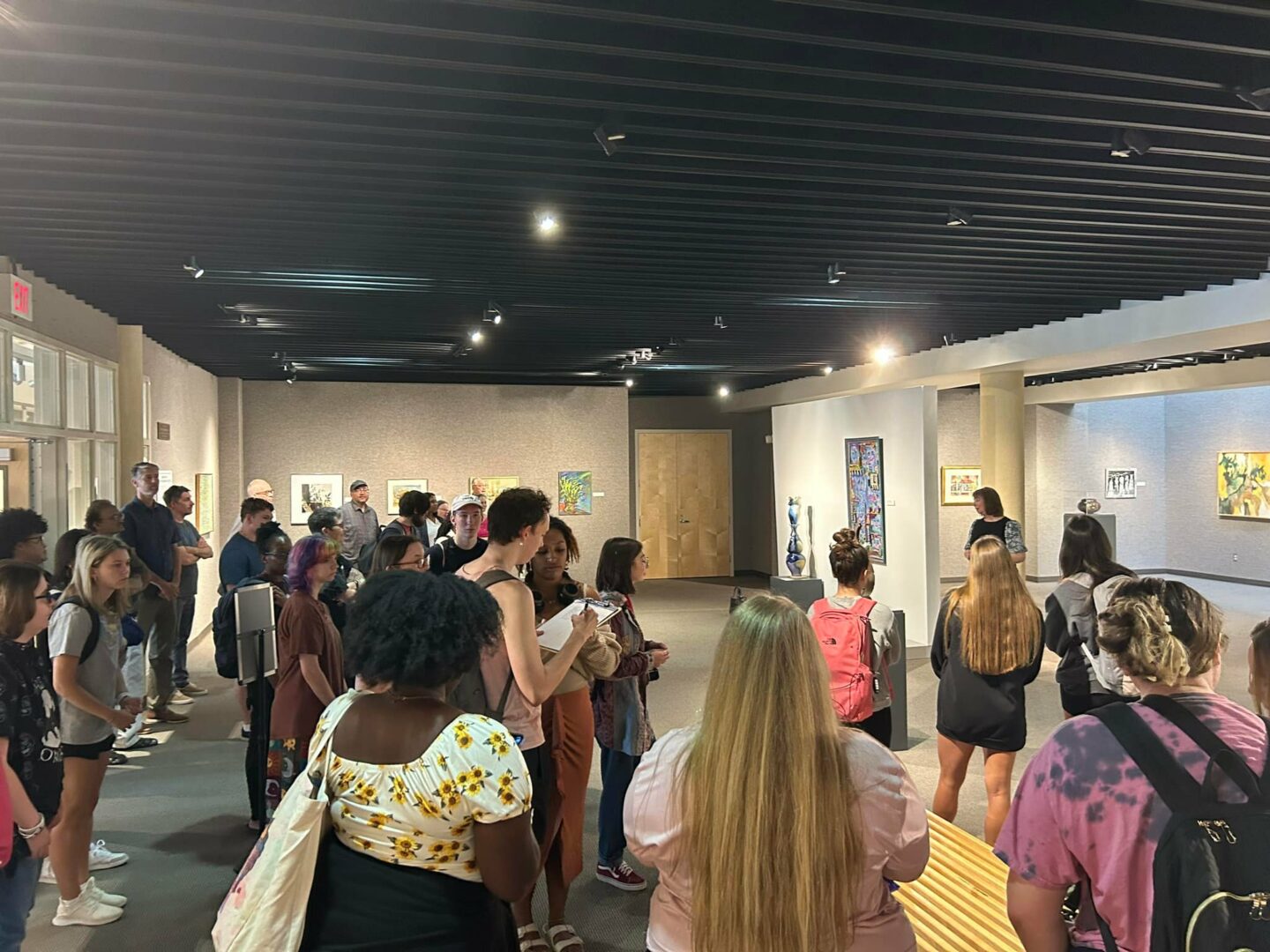
To close, maybe we can chat about your parents and what they did that was particularly impactful for you?
This may sound strange but the most impactful thing my parents did for me was to never buy batteries for any of our toys when we were children. And we didn’t have many toys to begin with. I remember getting a toy camera for Christmas one year. It was supposed to be like a camera for filming a movie. If you had a battery in the toy, then it played a little video. Since we never got batteries, I had to use my imagination. I ran around the yard like I was filming a movie. All of our play involved our imaginations. I feel like I am good at creative problem solving, and it is probably because of the absence of batteries!
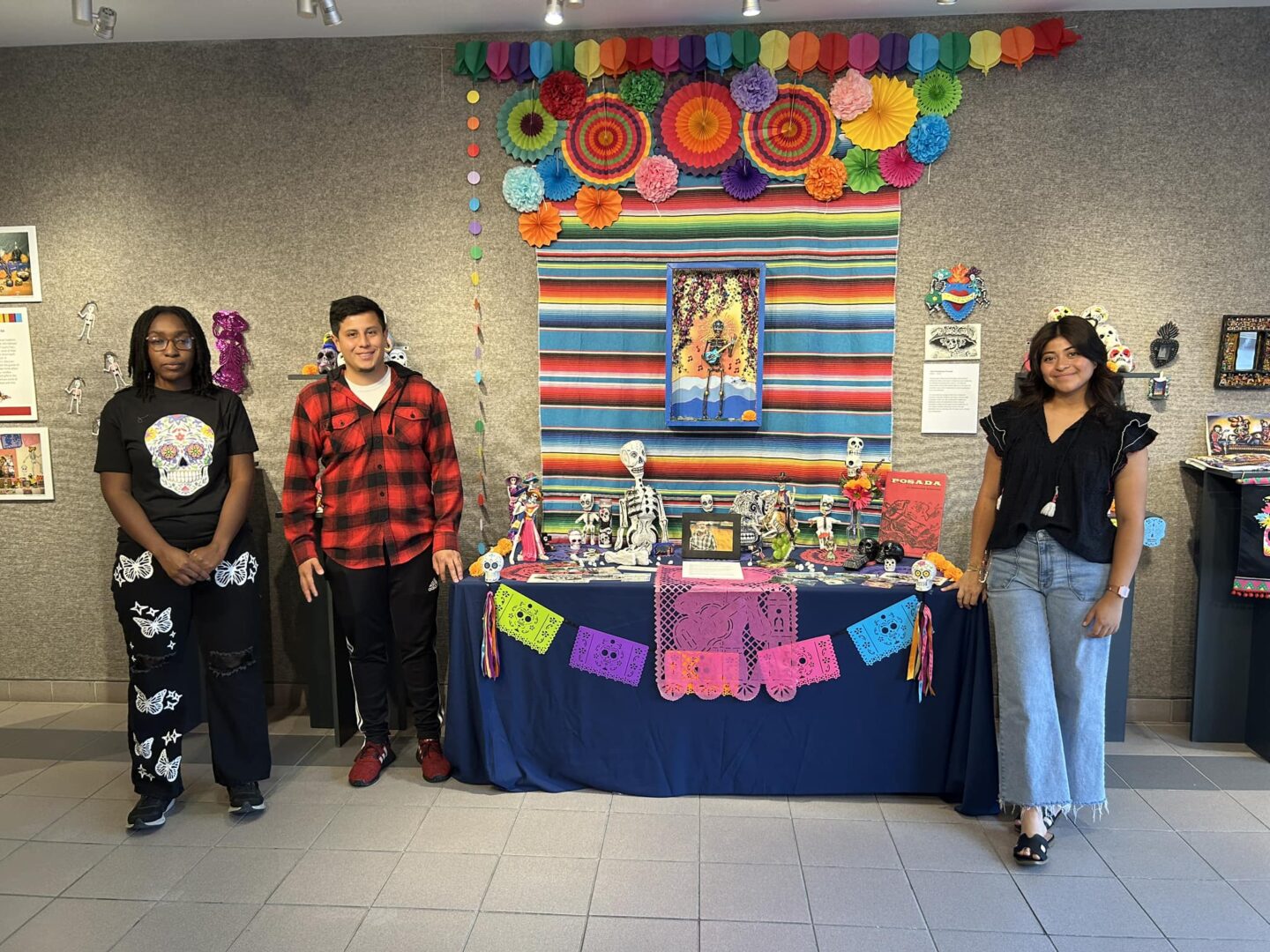
Image Credits
#1: Beverly Joyce with exhibition preparator, Sarah McCoy. #2: Typical gathering for a gallery talk. #3: Our largest gallery space. #4: Student presenters at our Day of the Dead presentation.
so if you or someone you know deserves recognition please let us know here.

